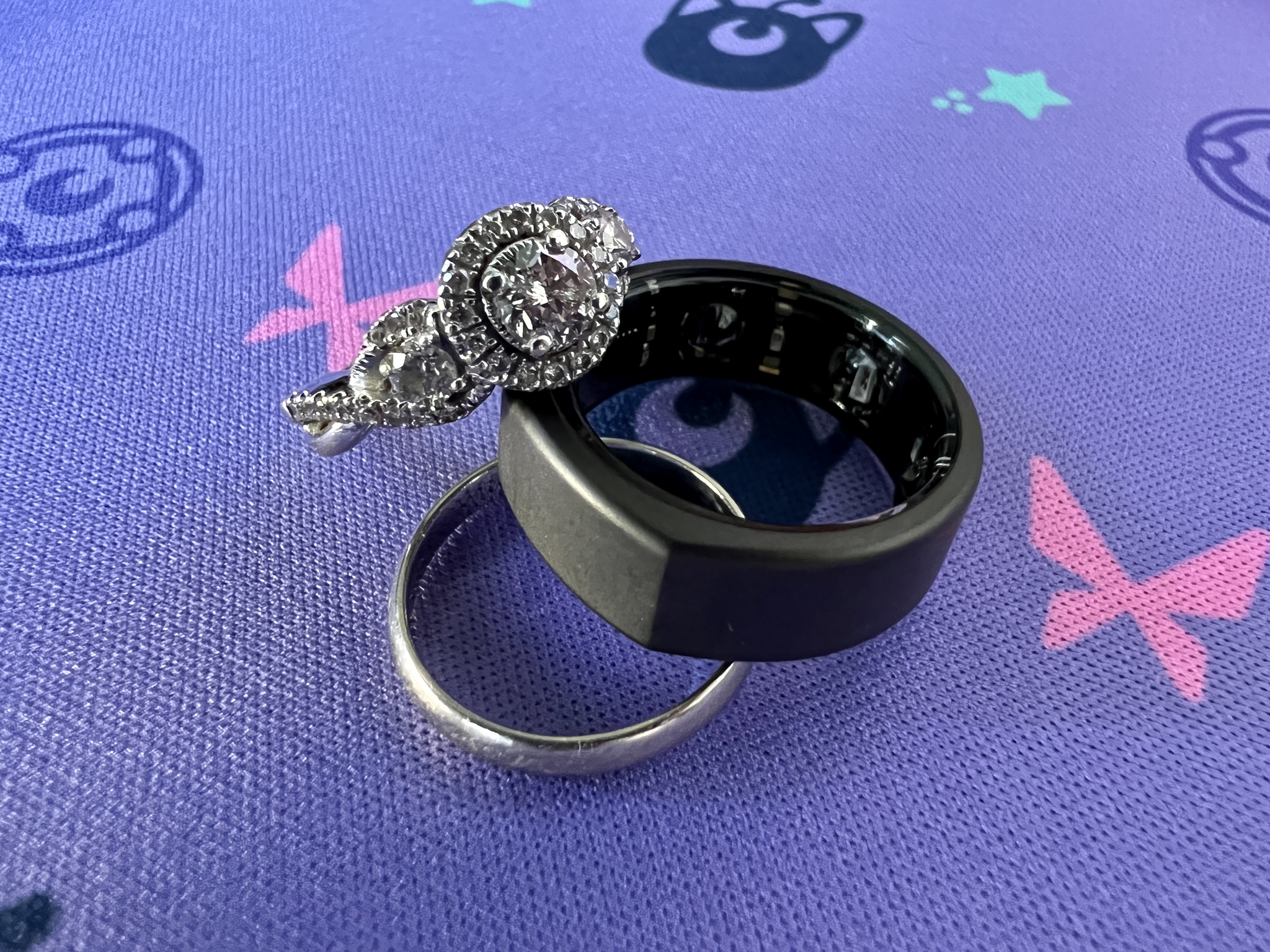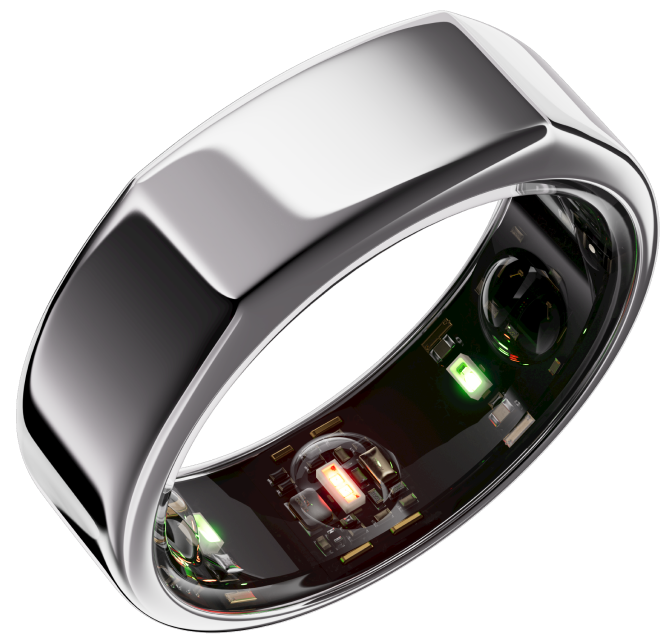iMore Verdict
Bottom line: The next-generation Oura Ring retains the same size as the previous generation while packing in even more sensors for tracking your health. However, not all new features are immediately available and it now requires a paid subscription to access data.
Pros
- +
Lightweight, durable, same size as Gen 2
- +
Charges quickly with 4-5 day battery life
- +
Valuable in-depth data about your health
- +
Capable of SpO2 monitoring, 24/7 heart rate tracking, and more
- +
Syncs with Apple Health and Google Fit
Cons
- -
Not all new features currently available
- -
App now requires a monthly subscription
- -
Expensive
- -
Hit or miss with customer support
You can always trust iMore.
Sometime last year, I discovered a little smart wearable called the Oura Smart Ring. However, unlike most smart wearables on the market, this one goes right on your finger, rather than on your wrist like many other devices out there, such as the best Apple Watch. I was drawn to this because I don't necessarily like wearing a watch to bed, and a ring seems much less intrusive and more comfortable — I pretty much forget I'm even wearing it.
I had reviewed the second-generation Oura Smart Ring and praised its features at the time. However, I was not aware that the company had already been developing the next generation of the Oura Smart Ring, which came out around the start of the last holiday season. This new version of the ring touts even more sensors without increasing the overall size. New sensors allow it to measure your blood oxygen (SpO2) levels, 24/7 daytime heart rate (previously it was only at night), workout heart rate, restorative time, Period Prediction, improved temperature sensing, and so much more. The companion app is also getting beefed up with new content, women's and reproductive health, and improved sleep algorithms.
However, there has been a bit of controversy with the new Oura Smart Ring, as most of the new features won't be available until sometime later this year. And the app has moved from being a free companion app to a monthly subscription model. Despite the rocky rollout, I can't imagine going about my daily life without my Oura Smart Ring — it's one of my most essential health trackers.
Oura Ring Gen 3: Price and availability
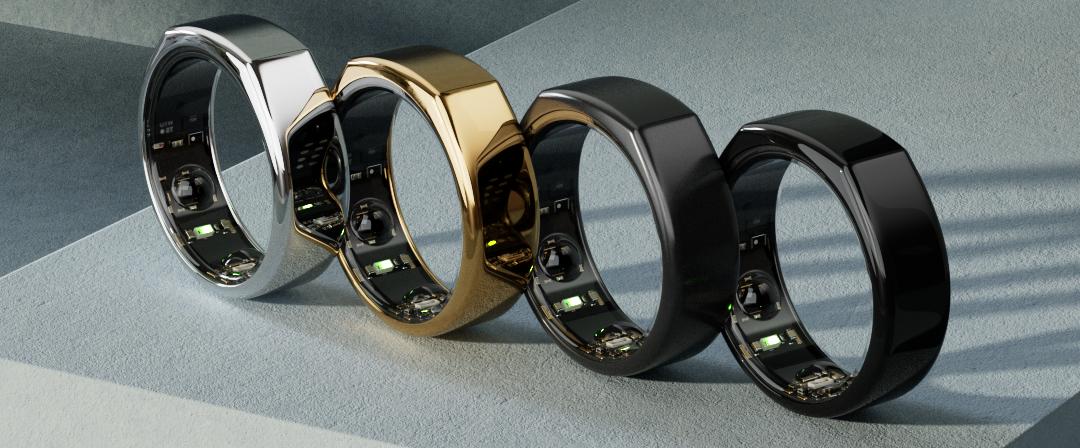
The third generation Oura Ring is currently only available directly from Oura's website. While the previous iteration came in two styles (Heritage and Balance), the new Oura Ring is only available in the Heritage style. You can get it in four different finishes: silver, black, stealth, and gold. The silver and black colors are $299, while the stealth and gold options are $399.
Since the Oura Ring requires precise sizing, you'll need to get a free sizing kit when you purchase. Each new Oura Ring purchase also comes with a 6-month Oura membership for the app. Afterwards, the membership costs $5.99 per month. Should you decide to cancel the membership, you can still continue to use the Oura app, but you will be restricted to just the basics in terms of data — advanced features and data will be locked.
Oura Ring Gen 3: Tiny and nonintrusive with valuable health insights
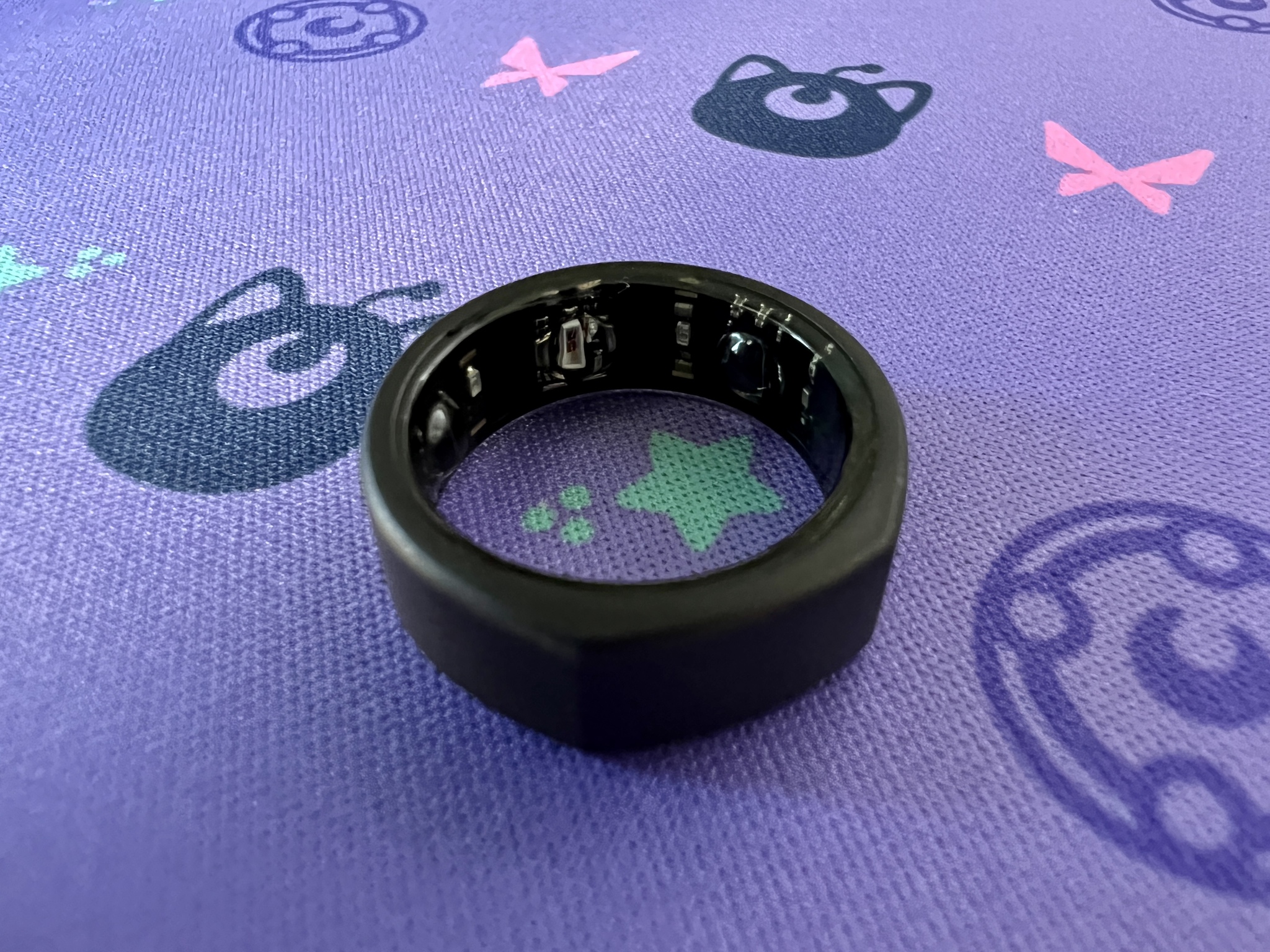
For the most part, the third-generation Oura Ring does everything that the previous iteration did. This includes sleep tracking with sleep stage details (REM, light, deep sleep), nap tracking, body temperature sensing, activity tracking, and syncing with Apple Health workouts. And if you're still using the second generation Oura Ring, then you can continue to use the app without a membership fee — you'll just be limited to the type of data accessible in the app. In fact, the new Oura Ring looks indistinguishable from the previous version on the surface, as it is still made from lightweight titanium, comes in the same colors, and retains the same size. But once you look at the inside of the ring, you'll see that it is equipped with several new sensors, including three LEDs (green, red, and infrared).
The new Oura Ring fixes some issues I had with the previous generation.
As I covered the Oura app in my second generation review, I won't go too much into detail about it. But the app basically gives you a Readiness score based on your Sleep and Activity data from the previous day. When you drill down into these two areas, you can see things like resting heart rate, heart rate variability (HRV), body temperature, respiratory rate, REM/light/deep sleep, sleep efficiency, restfulness, and more. If you're doing good in an area, it will be blue, but if something needs your attention, then it'll be red.
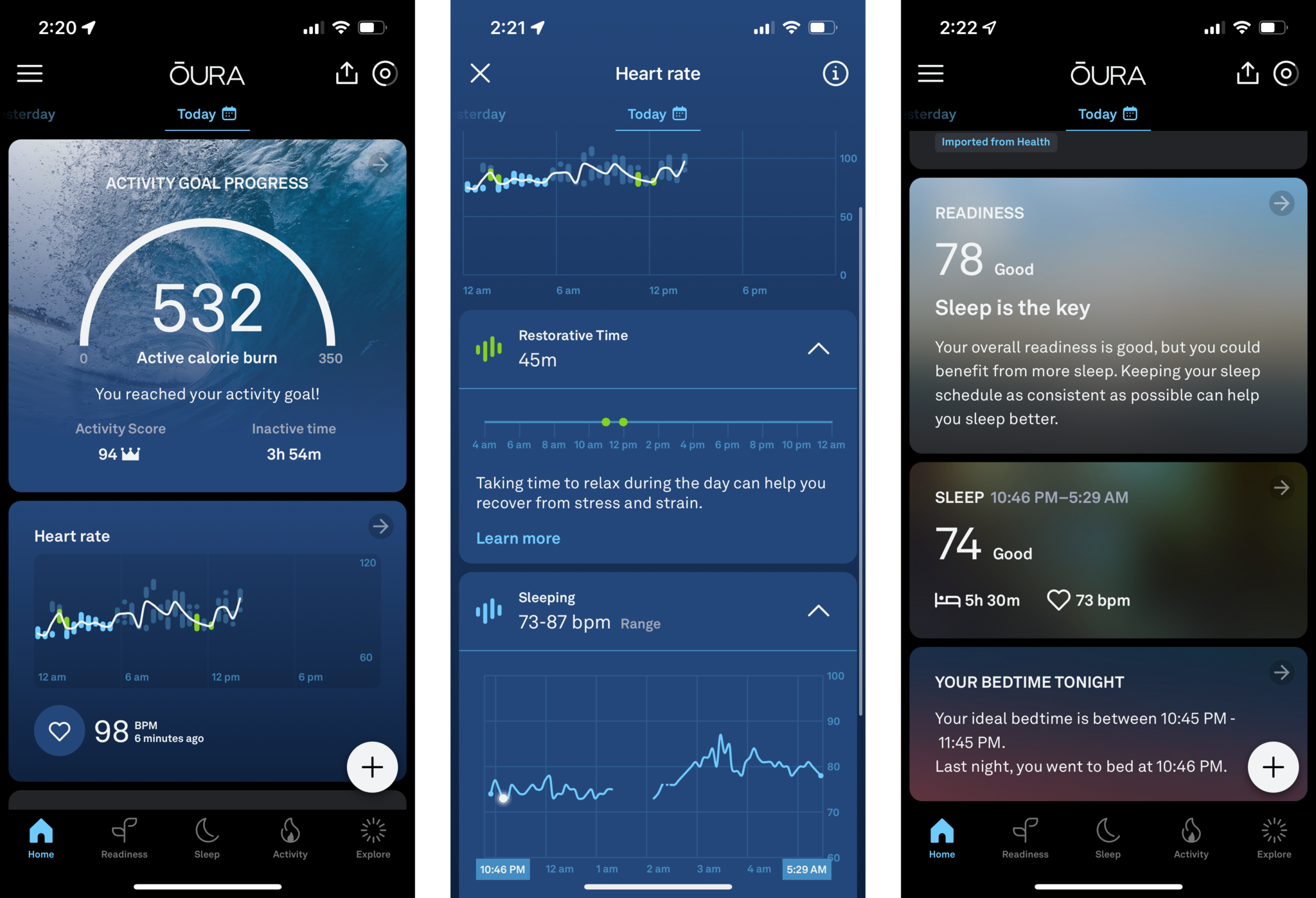
One of my issues with the previous version of the Oura Ring was the fact that it would not measure your heart rate during the day — only at night while you slept. The new Oura Ring fixes this issue, as it now has 24/7 heart rate monitoring. If you don't do a live rate check in the app, the Oura Ring will take measurements every five minutes to conserve battery life. Additionally, the Oura Ring can now measure Restorative Time with your heart rate data, which is considered relaxation time during the day that helps you recover from stress and strain. I enjoyed having this information available to me, as it is nice to see when I was able to "relax."
Oura Ring is now capable of detecting SpO2 levels, 24/7 heart rate monitoring, period prediction, and more.
While not all new features are ready from the get-go, there are some that are available now, along with the continuous heart rate monitoring I just mentioned. Namely, Period Prediction for women and guided relaxation sessions. The Period Prediction is a little off for me right now as I'm still readjusting from childbirth, but it's nice to see this as a feature (after all, females are half the population). Guided sessions include exercises for meditation, breathing techniques, and even sleep sounds, so if those are useful to you, then they're included with your Oura membership.
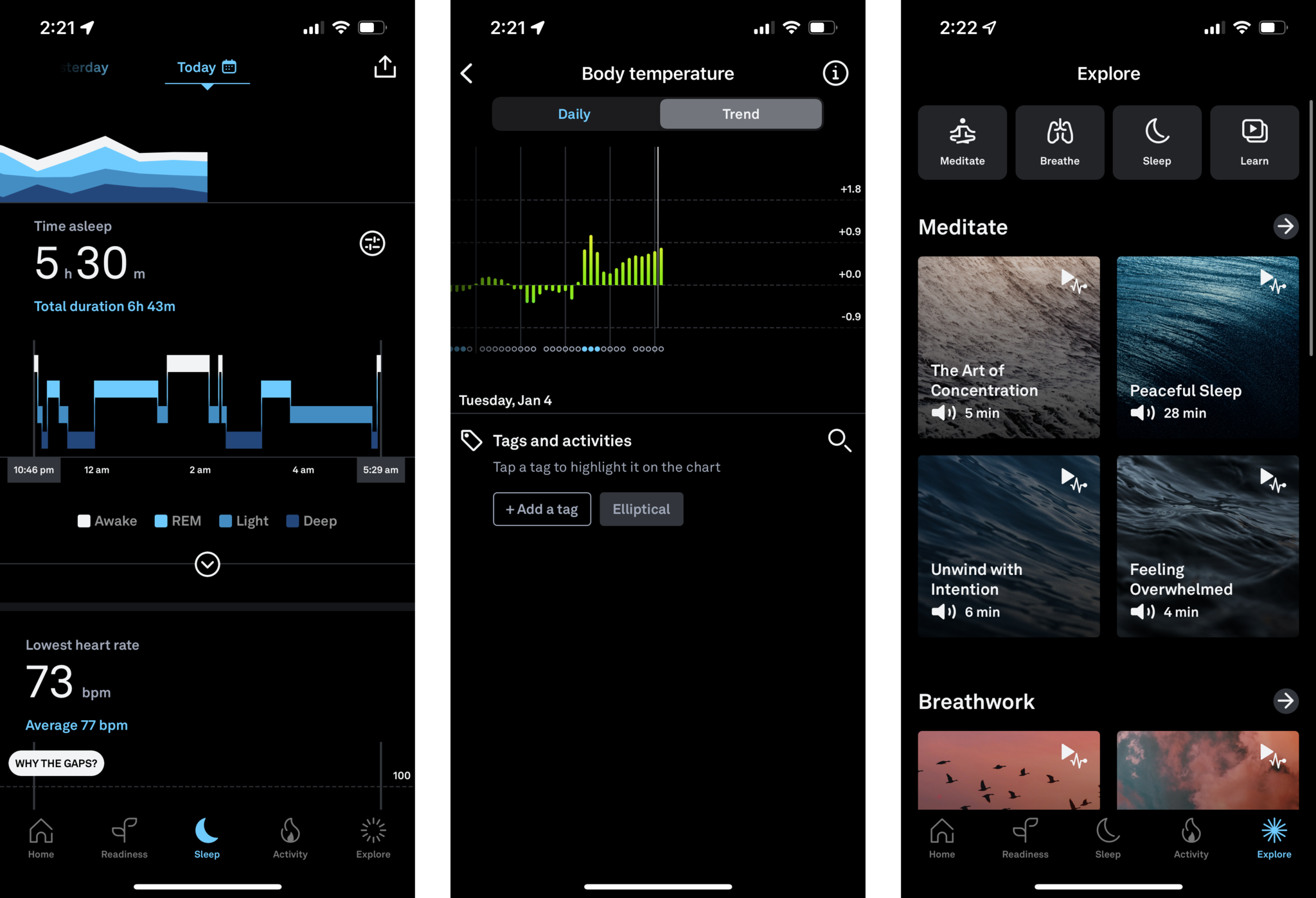
I did notice better body temperature sensing with this new version, as the ring told me that my temperature was 1.2-degrees above my normal baseline (at least two weeks of continuous wear are needed to establish a baseline) when I was at the peak of my sickness. Oh, and Rest Mode will kick in if it detects that something is off, such as a low Readiness score or higher than normal body temperature. You can still activate Rest Mode manually as well if you need a break.
Battery life is still impressive despite adding more sensors in without increasing size.
Another good thing about the Oura Ring is the battery life. If you just use an Apple Watch, then you know you need to charge that everyday, or every other day at the latest. It's just not great for battery life compared to other wearables on the market. The Oura Ring, however, is pretty good with battery life. After 80 minutes on the included charging stand, the Oura Ring has a full charge and will last around five full days (mileage may vary depending on usage). While the previous generation would last between 6-7 days on a single charge, the third generation Oura Ring still impresses with battery, considering that it has more sensors packed in without an increase in size. I usually go between four to five days before throwing it on the charger while I'm in the shower. With the previous ring, Oura recommended keeping the charge level between 20-80% at all times, which is a practice that I've carried over to the new ring as well.
Oura Ring Gen 3: A rush to launch and the switch to monthly subscription
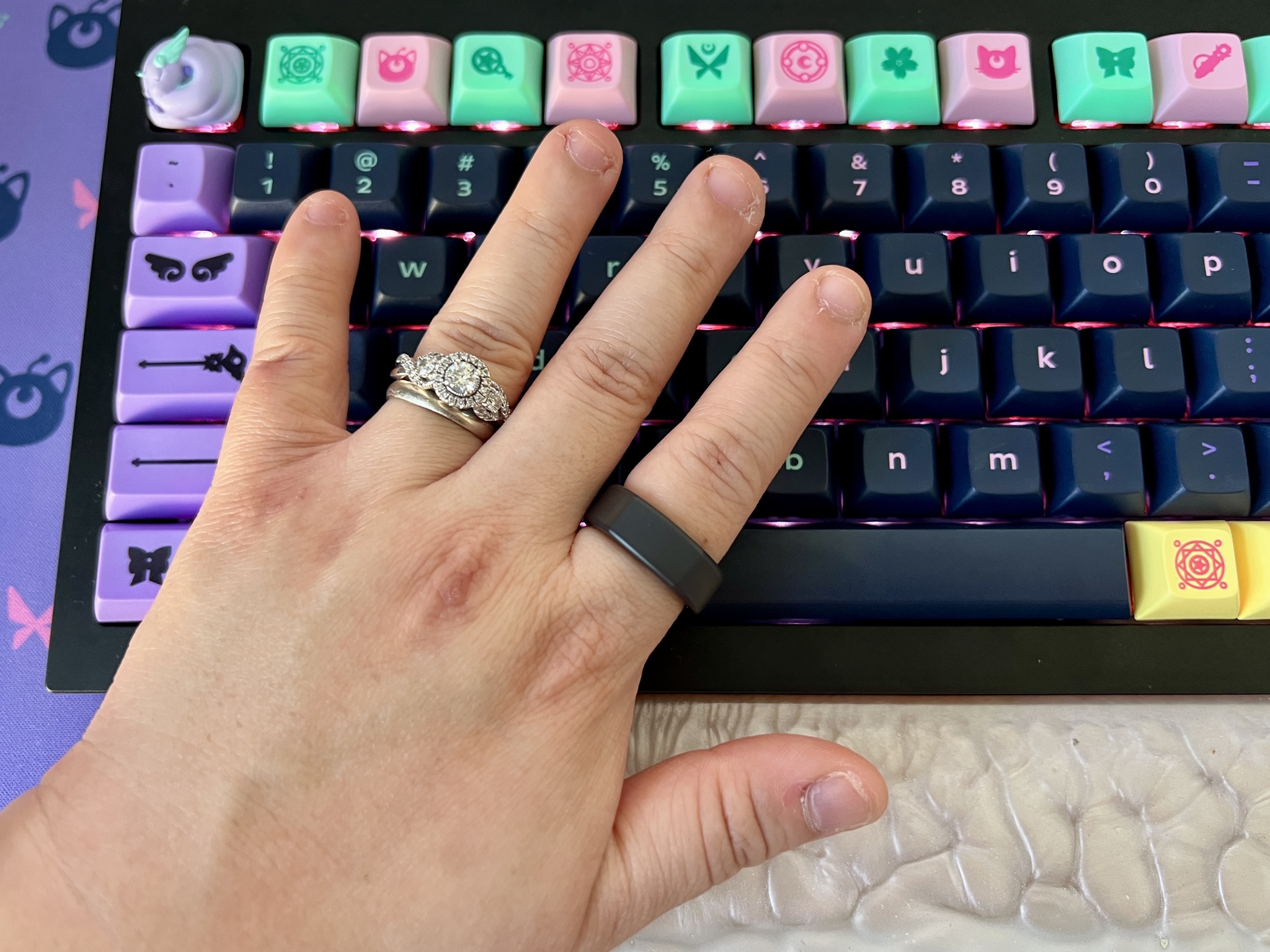
The biggest issue with the Oura Ring Gen 3 is the fact that it shipped without all features being ready. Since the major selling points for this new ring include SpO2 monitoring, workout heart rate, and improved sleep algorithms, it feels a little deceptive to ship the product without said features included. According to the Oura website, workout heart rate is coming "early 2022," while SpO2 monitoring just says "2022."
The biggest issue is the fact that not all new features are ready from the start.
When I originally got the new ring in early November 2021, the app did not even have the guided sessions or period tracking, so at least those are available at the time of writing. Some other members of the media also got in the beta for the workout heart rate, but from what I'm seeing, it's very limited, as it will initially just support running, walking, and cycling. Still, not having all of a product's features available from the start does leave a sour taste in the mouth, and this has been a common complaint within the Oura community.
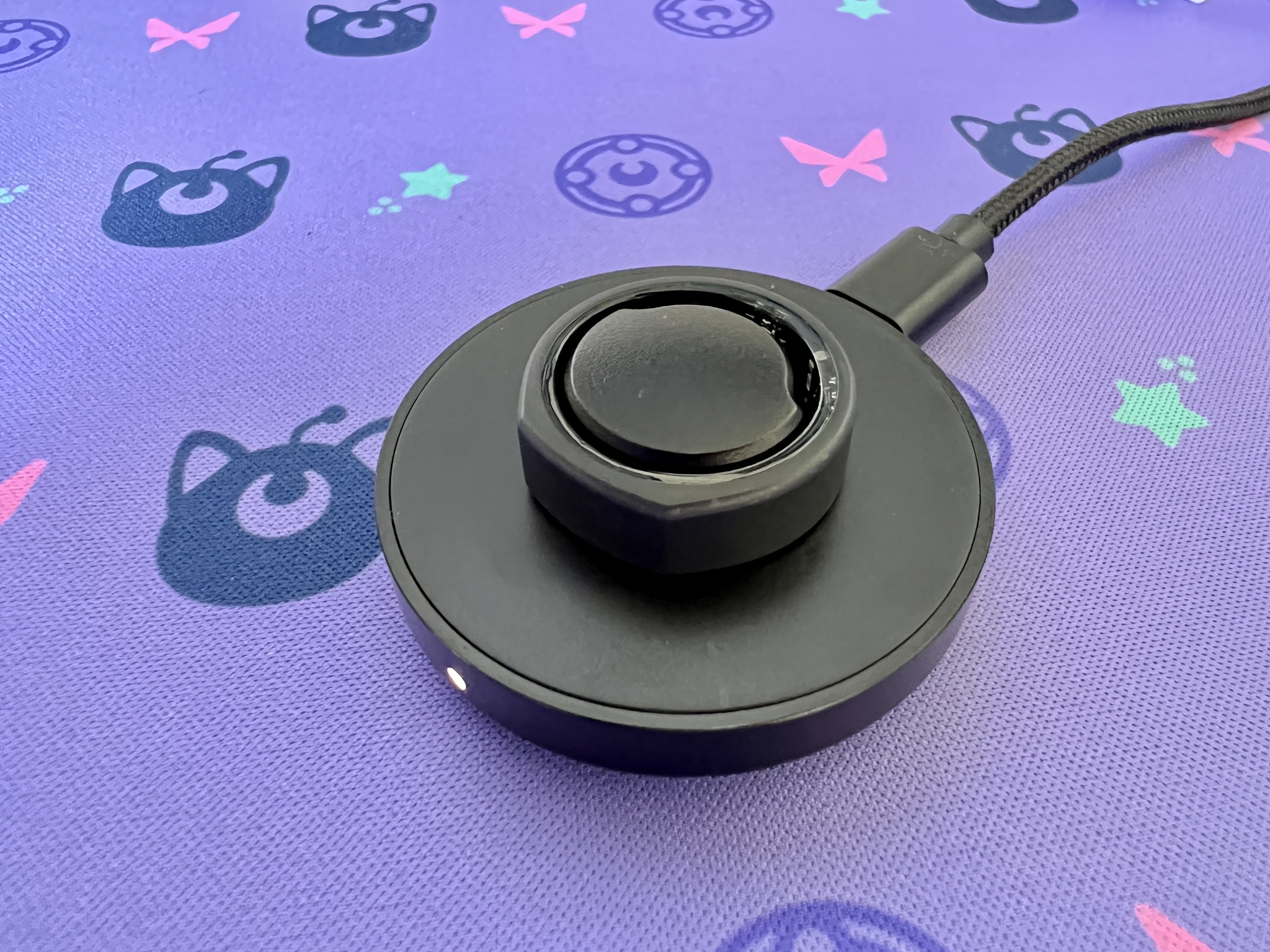
The other big letdown is the switch to a subscription-based model for accessing your Oura data in the app. One of the big benefits of having an Oura Ring before was the one-time cost of purchasing the ring, and then being able to access and view your health data insights without additional cost. This gave Oura a big leg-up over some of the competition, like Whoop and Fitbit. Now, if you're using a Gen 3 Oura Ring, it will cost $5.99 a month to access this data. I personally continue to enjoy the data that Oura provides me, so I don't mind the cost, but I know this will be a deterrent for others. At least Oura gives you six months of membership for free for you to determine if it's worth it to you — if not, then you can cancel the membership and just have access to the basic data like before.
Oura now uses a subscription-based model for accessing your detailed data in the app.
During my testing of the Oura Ring Gen 3, I noticed that it didn't seem to detect naps as well as my previous ring did. With my Gen 2 ring, I feel that it detected my naps most of the time, even if it just marked them as "Rest" rather than an actual "Nap" (your body needs to fall into at least one sleep stage in 15 minutes). However, with the Gen 3 ring, I don't seem to get a lot of logged naps when I did indeed take a nap (I'm a new parent after all). I'm not sure why this is, but it's a little disappointing. But when a nap is detected, it will boost your Sleep and Readiness score for the day, just as it did before. Another change is anything that is considered "Rest" is now under "Restorative Time" under the heart rate section.
Lastly, there's no doubt about it — Oura Ring is expensive, and even more so if you take the monthly subscription into consideration. However, Oura Ring is one of the only smart rings on the market right now, so if you want a wearable that doesn't go on your wrist, then this is one to consider.
And personally, while I haven't had to contact customer support for any issues, this area seems to be a hit or miss among users, as demonstrated by the /r/ouraring reddit community. Some have had no problems while others seem to be left hanging without any followup to their inquiry — just a word of caution.
Oura Ring Gen 3: Competition
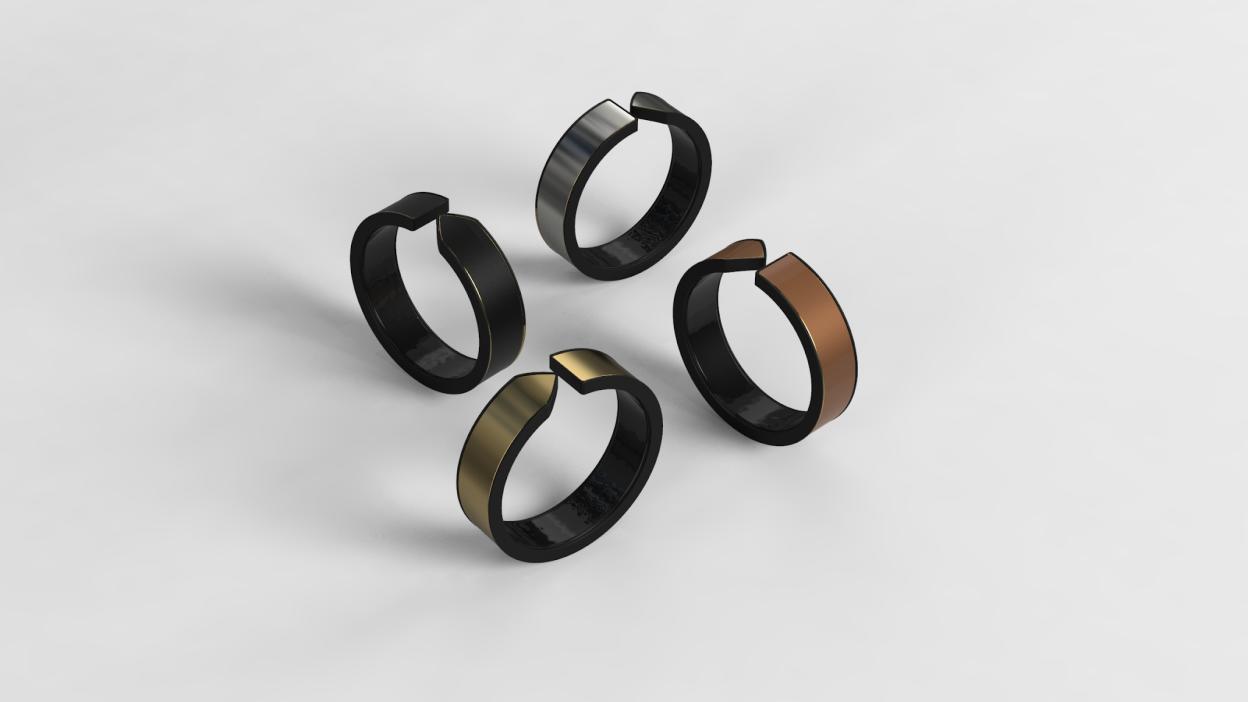
While wearables have certainly taken off in the past decade, they've mostly remained on your wrist and not finger. At the moment, Oura does not really have much competition, aside from maybe the BodiMetrics CIRCUL Sleep and Fitness Ring, but that may certainly be changing soon.
This year's Consumer Electronics Show (CES) in Las Vegas will feature the debut of a company called Movano, which will be introducing its first product, the Movano Ring. The upcoming Movano Ring will track sleep and activity metrics, and is currently working on getting FDA clearance for things like monitoring body temperature and other vitals.
Another one to keep an eye on is Circular, which began as a crowdfunded project on Kickstarter and Indiegogo and will be available for pre-order soon. Circular looks more similar to Oura than Movano, and while it has similar features, it also has extras like a smart and silent alarm clock, alert notifications, and more.
Oura Ring Gen 3: Should you buy it?
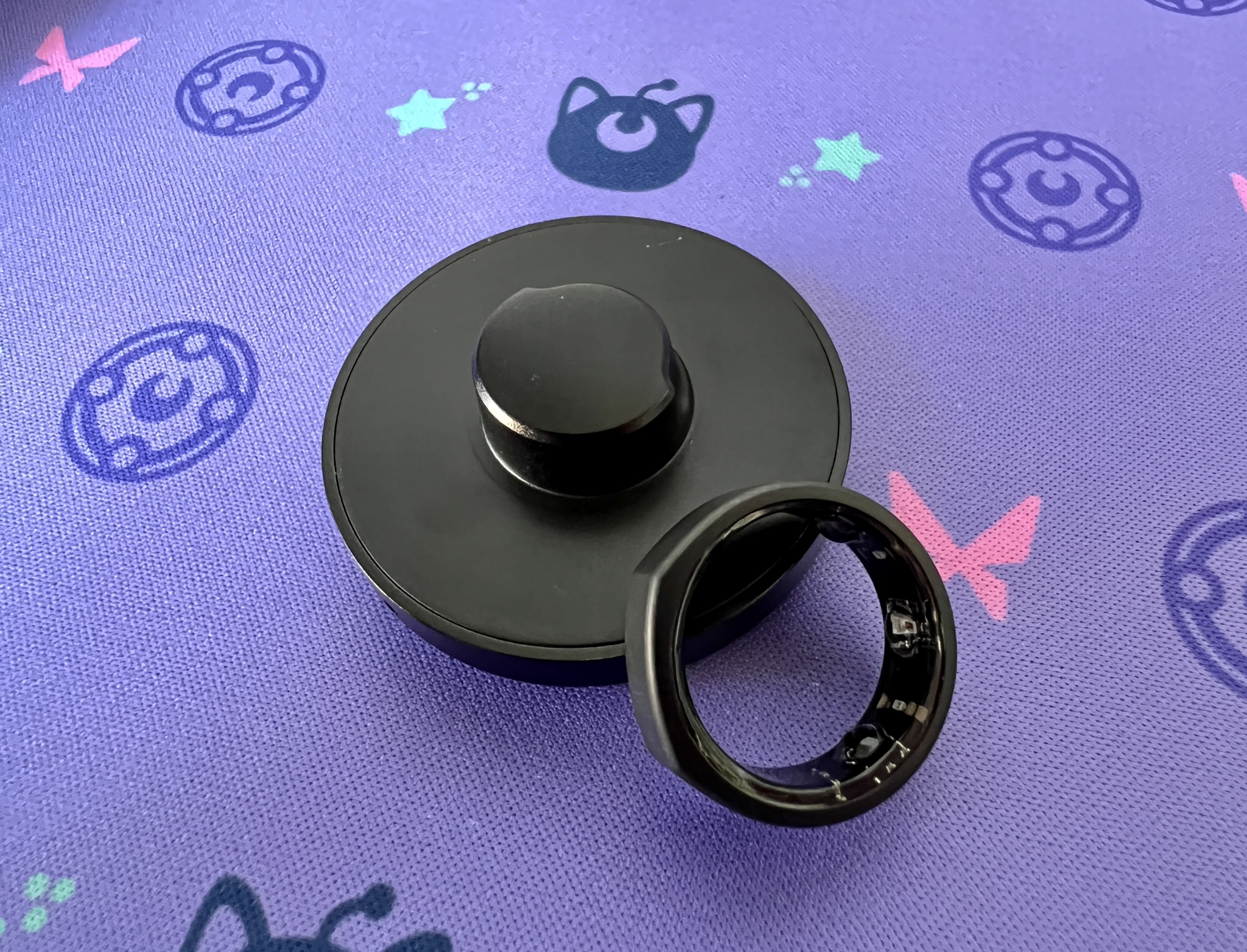
You should buy this if ...
- You want a wearable that doesn't go on your wrist
- You value health insights like sleep stages
- You like wearables that don't need daily charging
You shouldn't buy this if...
- You want all features available from the start
- You don't want a monthly subscription
- You are on a budget
If you're in the market for a new kind of wearable that isn't just another smartwatch that goes on your wrist, then the Oura Ring is one to consider. The ring form is less intrusive, as it's made with a durable and lightweight titanium, and it's waterproof up to 100 meters. It charges quickly and can last for several days before needing a recharge. For a tiny wearable, it can provide you with a lot of valuable insights into your overall health and well being, including detailed sleep and activity metrics, 24/7 heart rate monitoring, Period Prediction for women, Rest Mode when you're sick, and more.
However, as much as I love my Oura Ring Gen 3, there's no denying the fact that it is fairly pricey, especially when not all of the advertised features are available immediately. Hopefully, workout heart rate tracking and SpO2 monitoring come sooner rather than later, as well as more supported workouts for the heart rate tracking. And while I'm not a fan of the subscription model that the company has now shifted towards, I find the data the Oura Ring gives me to be valuable enough to warrant the cost. However, if you choose not to subscribe, you can still use the Oura Ring, but you'll just be limited to more basic data.
Christine Romero-Chan was formerly a Senior Editor for iMore. She has been writing about technology, specifically Apple, for over a decade at a variety of websites. She is currently part of the Digital Trends team, and has been using Apple’s smartphone since the original iPhone back in 2007. While her main speciality is the iPhone, she also covers Apple Watch, iPad, and Mac when needed. When she isn’t writing about Apple, Christine can often be found at Disneyland in Anaheim, California, as she is a passholder and obsessed with all things Disney, especially Star Wars. Christine also enjoys coffee, food, photography, mechanical keyboards, and spending as much time with her new daughter as possible.
